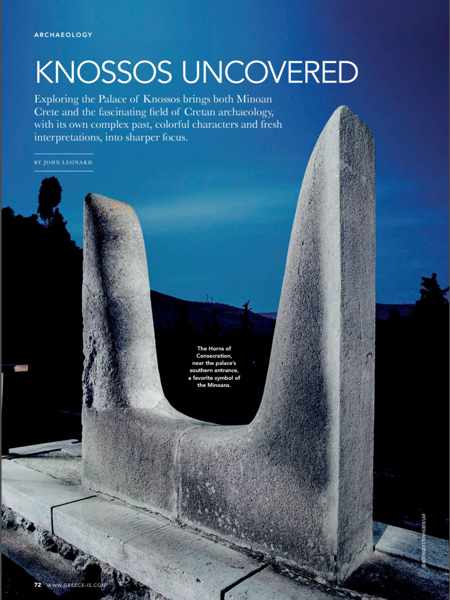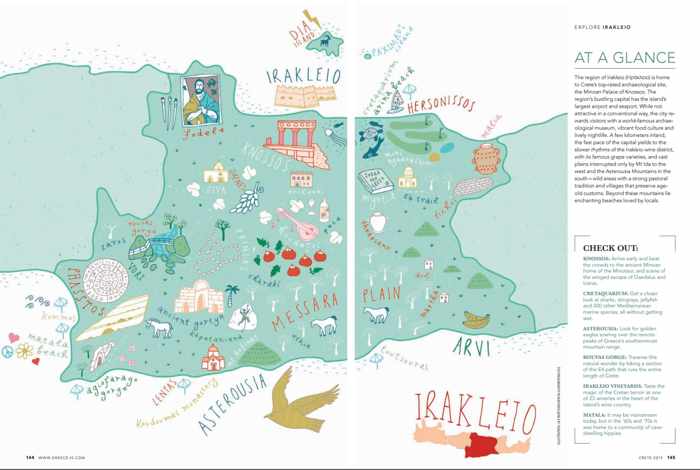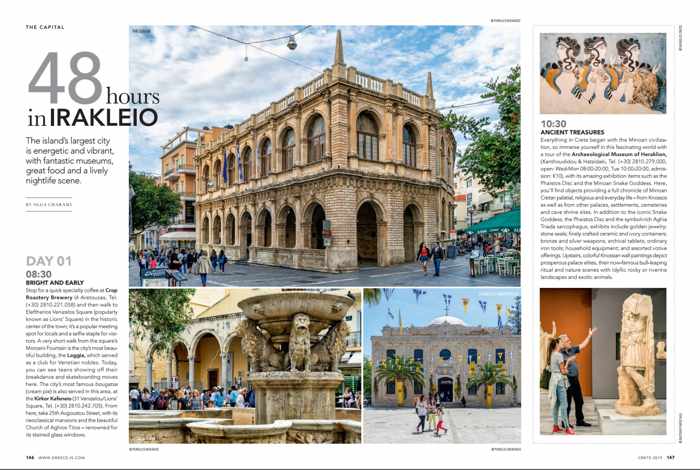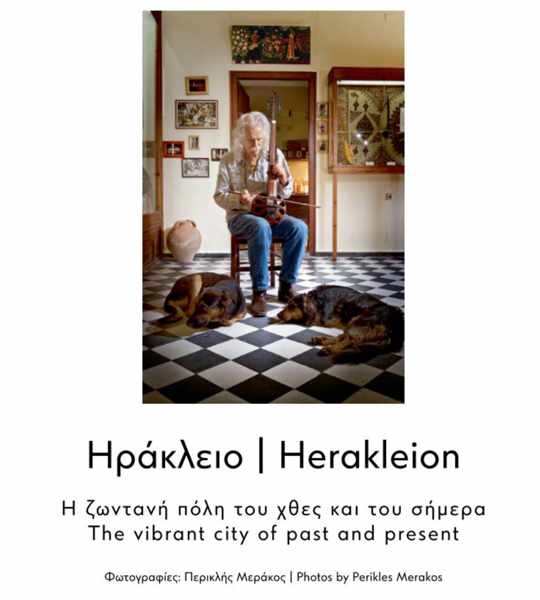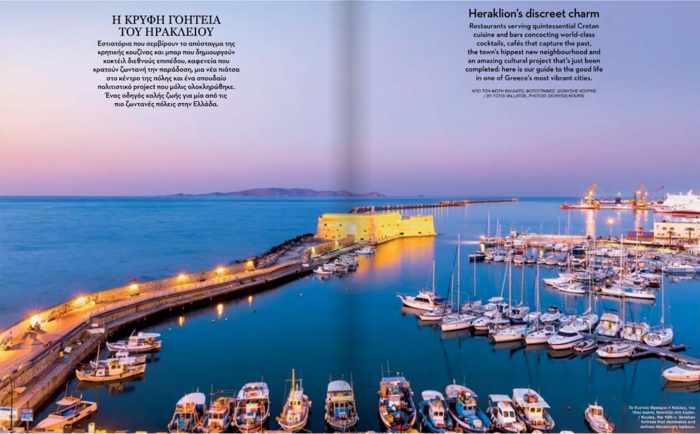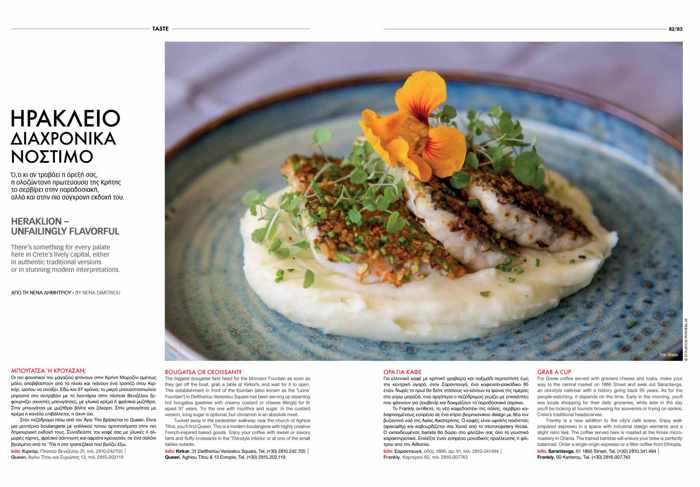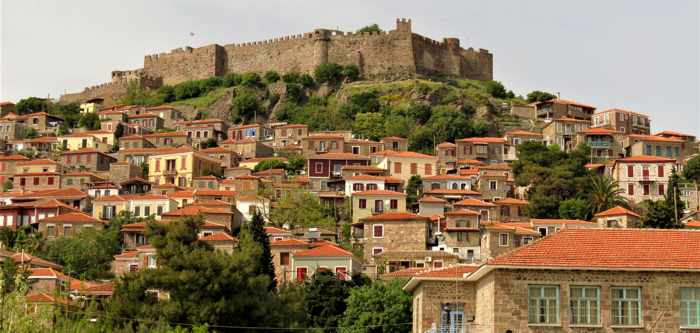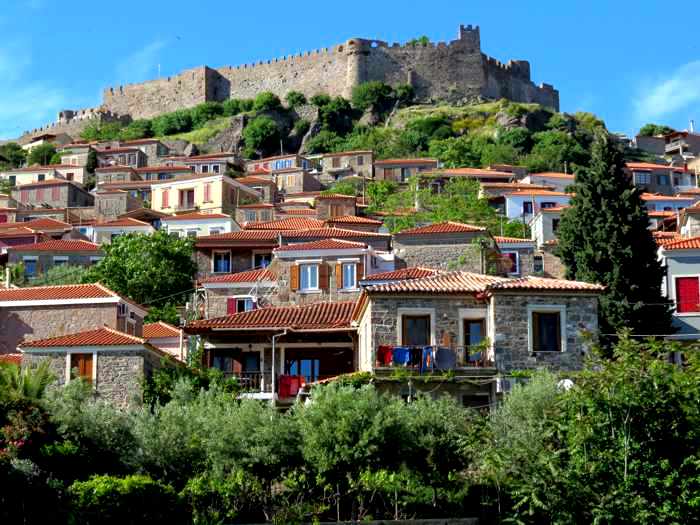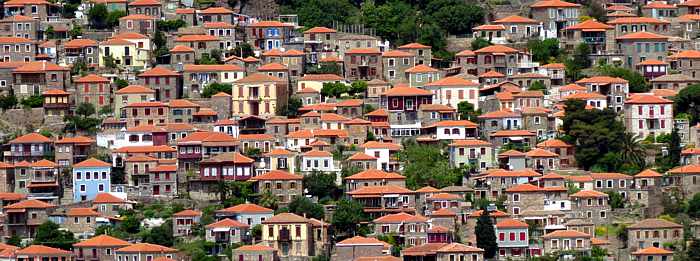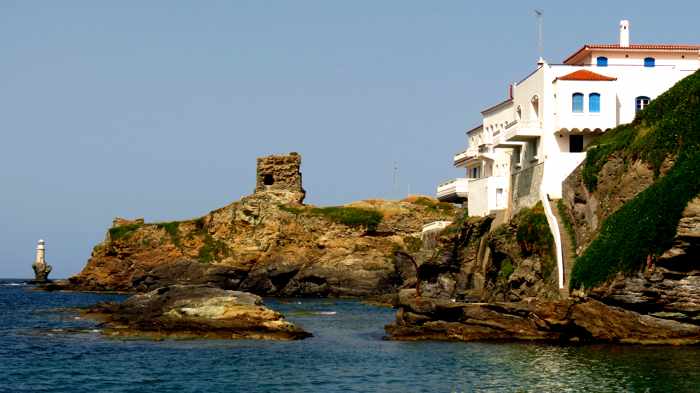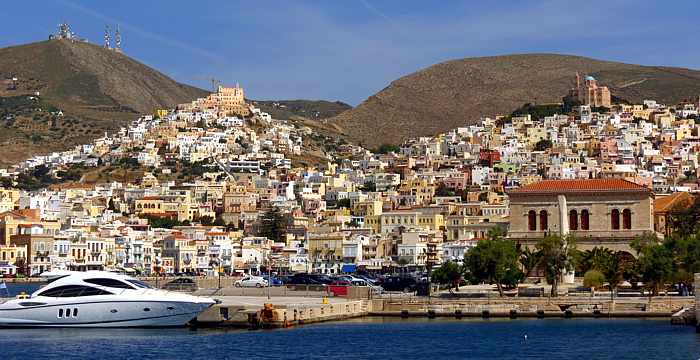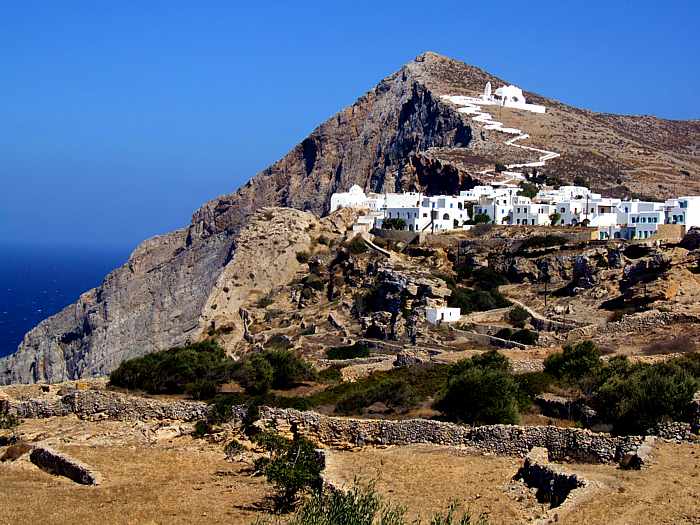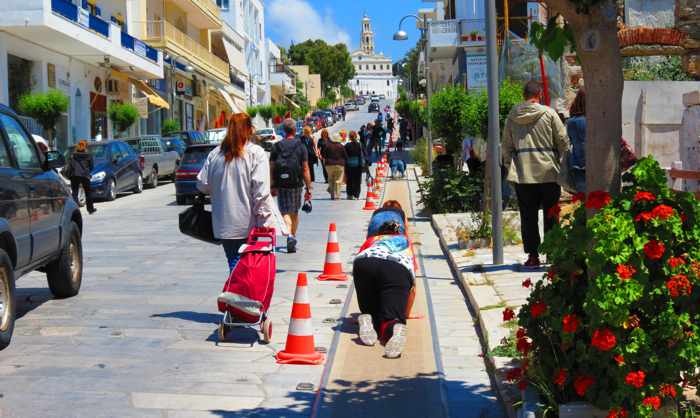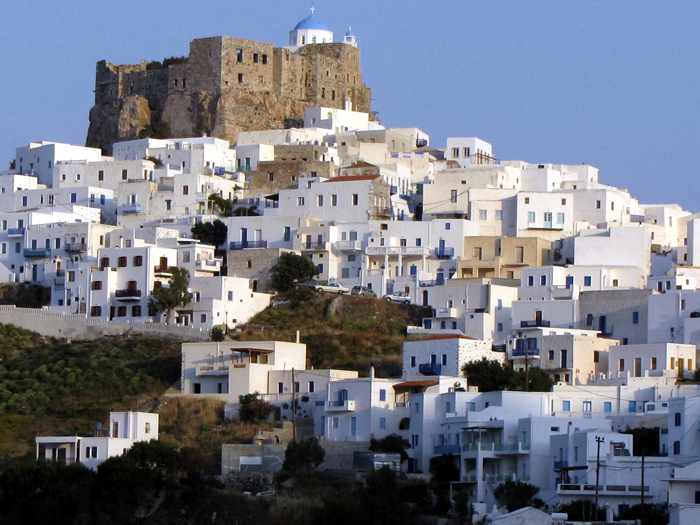This 9-minute film by fitness and travel buff William Taudien shows Paleochora, Crete from ground level, in the air, and even under water.
Just a few weeks back, I wrote about a new promotional video that tourism authorities on Crete had produced to encourage more travellers to visit the island in winter.
Since then, I’ve been keeping an eye on social media to watch for current photo and video posts, to get a better feel for what the island is like at this time of year. The latest we have ever been to Crete ourselves was in late October and early November 2017, when the tourist season was wrapping up and most hotels and restaurants were either already closed or shutting down. Despite a few days of inclement weather, we had a great time, but we often wondered how visiting in winter would compare. It seems other people are curious, too — in online travel forums, I’ve noticed an uptick in the number of people asking whether winter travel to Crete and other places in Greece would be worthwhile.
This week I got some answers when adventure traveller, fitness buff and vlogger William Taudien published the video I posted above.
William has been living near the Crete city of Chania for the past three months. In late December, he took a daytrip to Paleochora, a small town on the island’s southwest coast which happened to be the last stop on our late autumn holiday two years ago.
After a bumpy 90-minute bus ride through gorgeous mountain scenery, William arrived at Paleochora to sunny skies and comfortable temperatures in the low 20s Celsius — weather similar to what we had experienced. Conditions were ideal for William to film ground-level video while wandering the streets, the seafront on the east side of town, and beautiful big Pachia Ammos beach to the west, which he had all to himself. With his drone, he captured amazing aerial views of the colourful town, the beach, and the spectacular mountain and Libyan Sea surroundings. He even shot some underwater scenes while swimming and snorkeling.
Everything looked pretty much as it had when we spent three days in Paleochora, with one major difference — as William explains in the video, restaurant options are extremely limited in winter, especially if you’re looking for somewhere to have lunch.
Although he had an enjoyable trip to Paleochora on that particular day, William told me in an email that “It seems like the weather is a bit unstable in the winter.” In fact, right after his daytrip, the weather changed rapidly when a massive storm system that meteorologists named Zenobia swept across Greece, lashing the country with gale-force winds, heavy rains, and snowfalls in some regions. Zenobia pounded Greece for the final four days of 2019, and weather conditions remained unsettled into the first week of the new year.
But conditions improved, and sunshine and mild temperatures returned. In his email, William told me he took another daytrip a few days ago, this time to explore the village of Hora Sfakion on Crete’s southern coast. And, once again, he went swimming. “It was really sunny and nice,” he said.
Now, as I look out my window at gloomy grey skies and the temperature below the freezing mark here in Toronto, I keep daydreaming about paying a winter visit to Chania, and taking daytrips to places like Paleochora and Hora Sfakion if the weather is decent. Definitely something to keep in mind for next winter!


